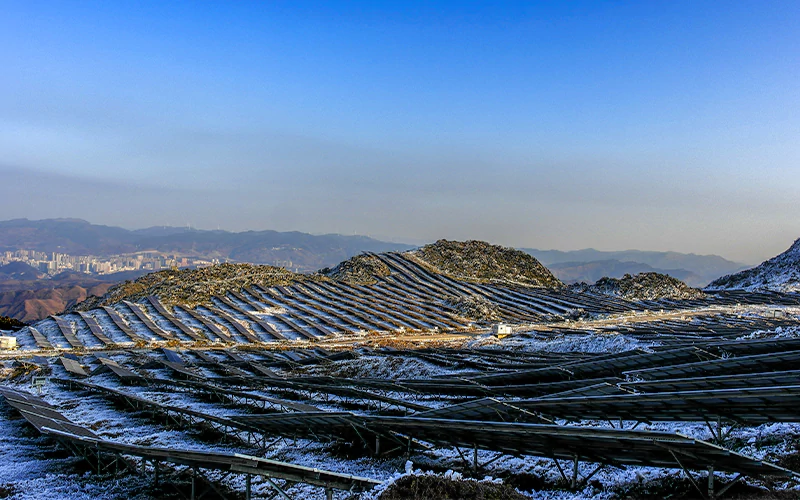A: You can contact us by email, online chat, or whatsApp and wechat. When we receive your inquiry, our sales to follow up your case and reply to you within 6 hours.
Specifications and catalogs can be downloaded from our website Download

A: You can contact us by email, online chat, or whatsApp and wechat. When we receive your inquiry, our sales to follow up your case and reply to you within 6 hours.
Specifications and catalogs can be downloaded from our website Download
A: The production cycle and delivery time depend on the type, specification, quantity and other factors of the product. Generally speaking, the standing stock of conventional 4 mm2 and 6 mm2 DC photovoltaic cables is 500,000 meters. It can be shipped within three days, and the regular production cycle takes 7-15 days, and the delivery time depends on the mode of transportation of the goods and the distance to the destination. Regular shipping time: 7 days in Southeast Asia, 25 days in Europe, and 30 days in America.
A: The packaging methods of solar cables are generally divided into two types: reel packaging and bundle packaging. Reel packaging is to roll the cable into a shaft and fix it with packing tape or wooden box, which is suitable for long-distance transportation and storage. Bundling is to bundle the cables into a certain length and fix them with plastic ropes or straps, which is suitable for short-distance transportation and storage.
A: We currently have 12 cable production lines with a daily output of 1 million meters. If there are many orders, we can increase production capacity and shorten delivery time by working overtime.
A: PV1-F is TUV Rheinland 2PfG1169 standard, rated voltage 1000V, static test voltage 1800V, H1Z2Z2-K is EU EN50618 standard, rated voltage 1500V; IEC 131 is International Electrotechnical Commission 62930 standard, rated voltage 1500V; PV Wire is US UL4703 standard, rated voltage 1000/2000v. The above are the mainstream standards currently on the market. Domestic component manufacturers generally choose IEC62930, and industrial and commercial applications generally use the H1Z2Z2-K series.
A: PV solar cables have the characteristics of flame retardancy, heat resistance, weather resistance, corrosion resistance, ultraviolet resistance, and aging resistance. In addition, photovoltaic cables also have good electrical conductivity and electrical insulation properties, as well as certain mechanical strength and wear resistance.
A: Photovoltaic solar cables can be mainly divided into two types: DC solar photovoltaic cables and AC photovoltaic cables. DC photovoltaic cables are generally used to connect solar panels and inverters, and the common specifications are 4mm2, 6mm2, 10mm2. AC photovoltaic cables are generally used to connect inverters and power grids. Conductor cross section is generally greater than 50mm2.
A: The quality control of photovoltaic solar cables mainly includes the quality control of raw materials, the quality control of the production process and the quality control of finished products. In the process of raw material procurement and production, the standards must be strictly followed to ensure that the products meet the requirements of the standards. In terms of quality control of finished products, the factory uses professional testing equipment and testing standards for testing to ensure that the quality and performance of products meet customer requirements. All data are registered in the system, so that the quality data can be traced.
A: LEADER has established a complete ISO 9001, ISO 14001 and OHSAS 18001 certified quality management system, and carries out quality control, testing and supervision. At the same time, in terms of product quality assurance, we provide customers with comprehensive technical support and after-sales service to ensure that product quality and performance are guaranteed.
A: Compared with ordinary cables, solar cables need to have higher weather resistance, high temperature resistance, aging resistance, corrosion resistance and flame retardancy to meet the requirements of outdoor environments. In addition, solar photovoltaic cables also need to have good electrical conductivity and electrical insulation properties to ensure effective transmission of electrical energy.
A: LEADER carries out technological innovation and research and development every year to meet the needs of the market and improve the competitiveness of products. The current plan is to realize the transformation of green factories within 3 years. Complete low carbon emissions. For example, develop new materials, improve production technology, improve product quality, promote energy-saving and environment-friendly products, etc.


To find out more information about our products and services, send us a message and one of our PV experts will get back to you. We look forward to assisting you via online live chat.
Contact Us